Making pasta and meatballs might seem straightforward, but achieving perfection can be a real challenge. We’ve all experienced those nights when the meatballs turn out dry, the pasta overcooked, or the sauce just doesn't hit the mark. It's frustrating, especially when you're aiming to impress your family or guests with a hearty, comforting meal.
But don't worry, here's the good news. With our 13 expert tips, you can transform your pasta and meatballs from decent to truly exceptional. From choosing the right ingredients to mastering simple cooking techniques, every step makes a difference. When you get these right, the results are not just awesome but memorable!
Ready to take your pasta and meatballs to the next level? These tips will 100% help you achieve that perfect balance of flavors and textures that you want to achieve. Let's uncover the secrets to making the best pasta and meatballs. Your kitchen is about to become the go-to spot for this classic comfort food!

Undercook your pasta

Always cook your pasta a minute or two less than the package instructions. This makes sure that when you combine the pasta with the sauce, it absorbs the sauce's flavors without becoming mushy. The technique, known as "al dente," allows the pasta to maintain a slight firmness, guaranteeing a better texture. As the pasta finishes cooking in the sauce, it soaks up the rich flavors, resulting in a more cohesive dish. This method prevents overcooking, especially when the pasta is reheated, making it perfect every time.
Reserve some pasta water
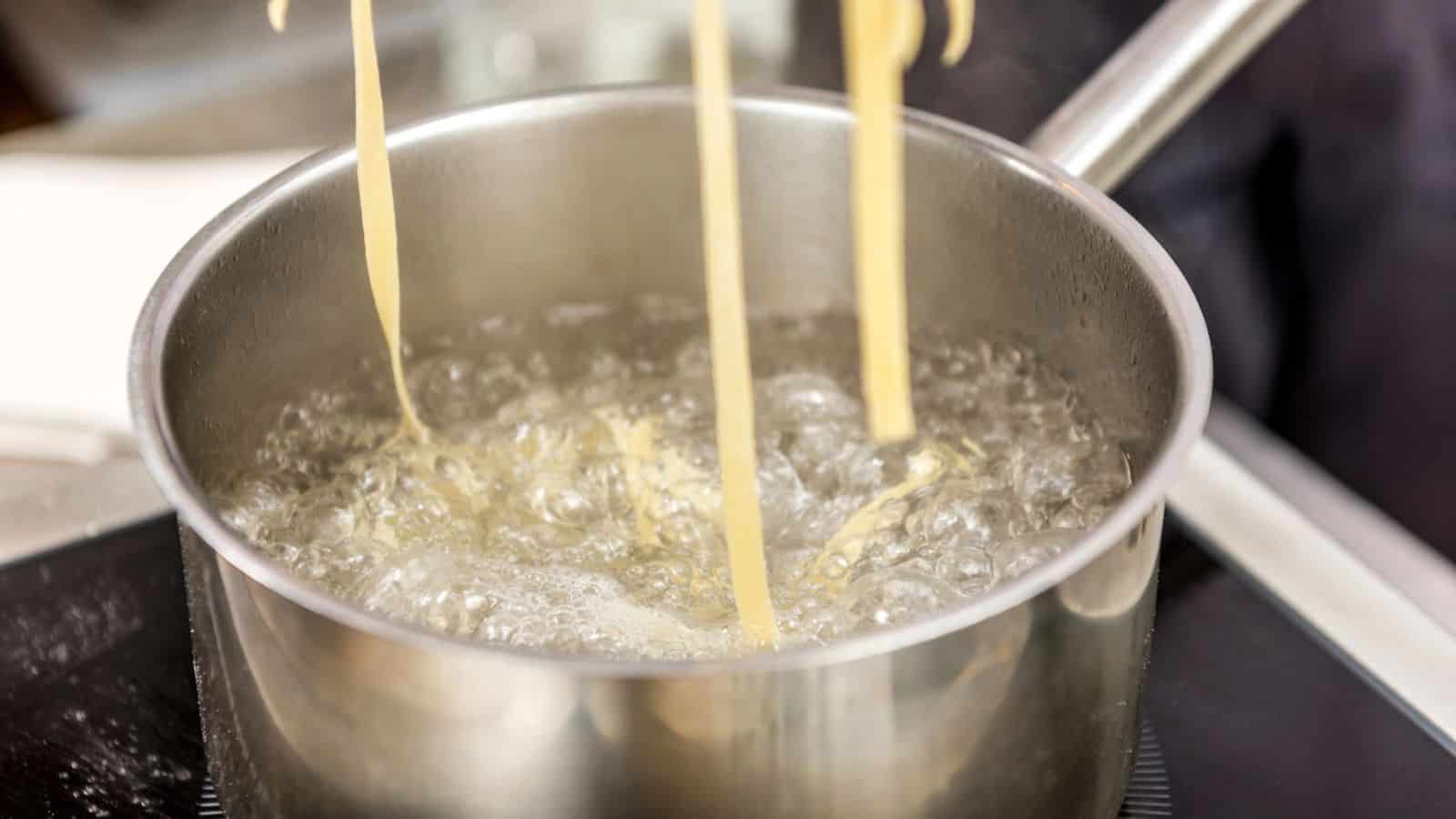
Before draining your pasta, scoop out a cup of the starchy cooking water and set it aside. This pasta water is a valuable ingredient for finishing your dish, as it contains starches released from the pasta during cooking. When you combine the pasta with the sauce, adding a splash of reserved pasta water helps to create a silky, cohesive texture. The starches in the water act as a natural thickener, allowing the sauce to cling better to the pasta. Additionally, the salty pasta water can enhance the seasoning of your dish, making every bite flavorful.
Use San Marzano tomatoes for the sauce
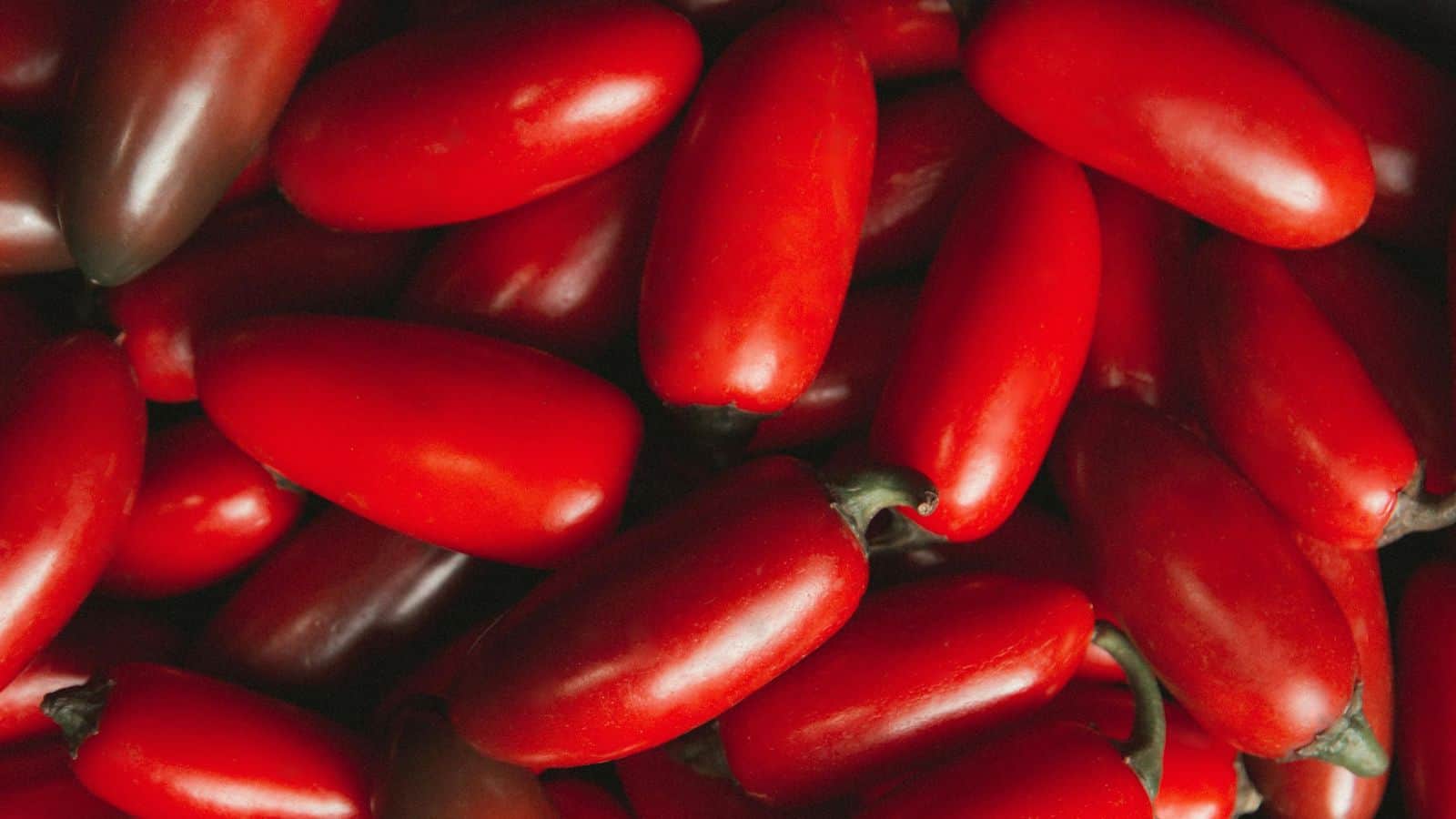
San Marzano tomatoes are prized for their rich, sweet flavor and low acidity, making them the gold standard for authentic Italian sauces. Grown in the volcanic soil of Mount Vesuvius, these tomatoes have a distinct taste that sets them apart from other varieties. They give your chunky tomato sauce a naturally sweet and intense tomato flavor, reducing the need for added sugar and balancing the sauce perfectly. Using San Marzano tomatoes results in a superior, full-bodied sauce that improves the total dish, bringing a true taste of Italy to your table.
Soak bread in milk for tender meatballs

Instead of using dry breadcrumbs, soak bread in milk to keep your meatballs moist and tender. This technique, known as a panade, helps to create a softer, more cohesive mixture that retains moisture during cooking. The milk-soaked bread acts as a binder, preventing the meatballs from becoming dense and dry. It also adds a subtle richness and creaminess to the meatballs, enhancing their total flavor and texture. This simple step can make a significant difference, making sure your meatballs are juicy and tender every time.
Use a combination of ground meats for the meatballs
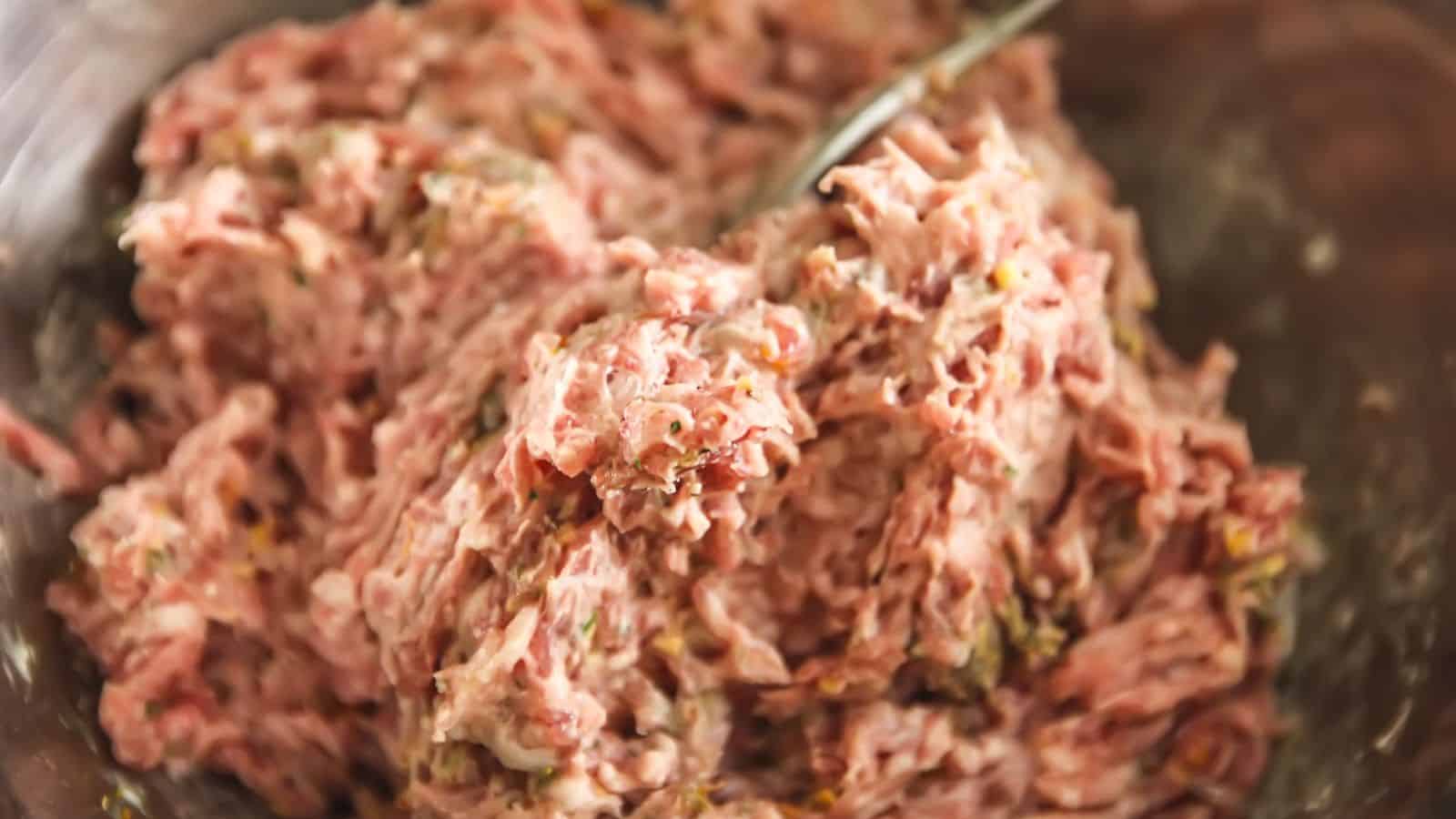
Using a combination of different ground meats, such as beef, pork, and veal, can significantly enhance the flavor and texture of your meatballs. Each type of meat brings its own distinct qualities: beef adds a robust, savory flavor, pork contributes a bit of sweetness and fattiness, and veal lends a delicate, tender texture. This combination makes sure your meatballs are juicy and flavorful. Additionally, the varying fat content in these meats helps keep the meatballs moist and prevents them from becoming dry.
Make the meatballs as big as a softball
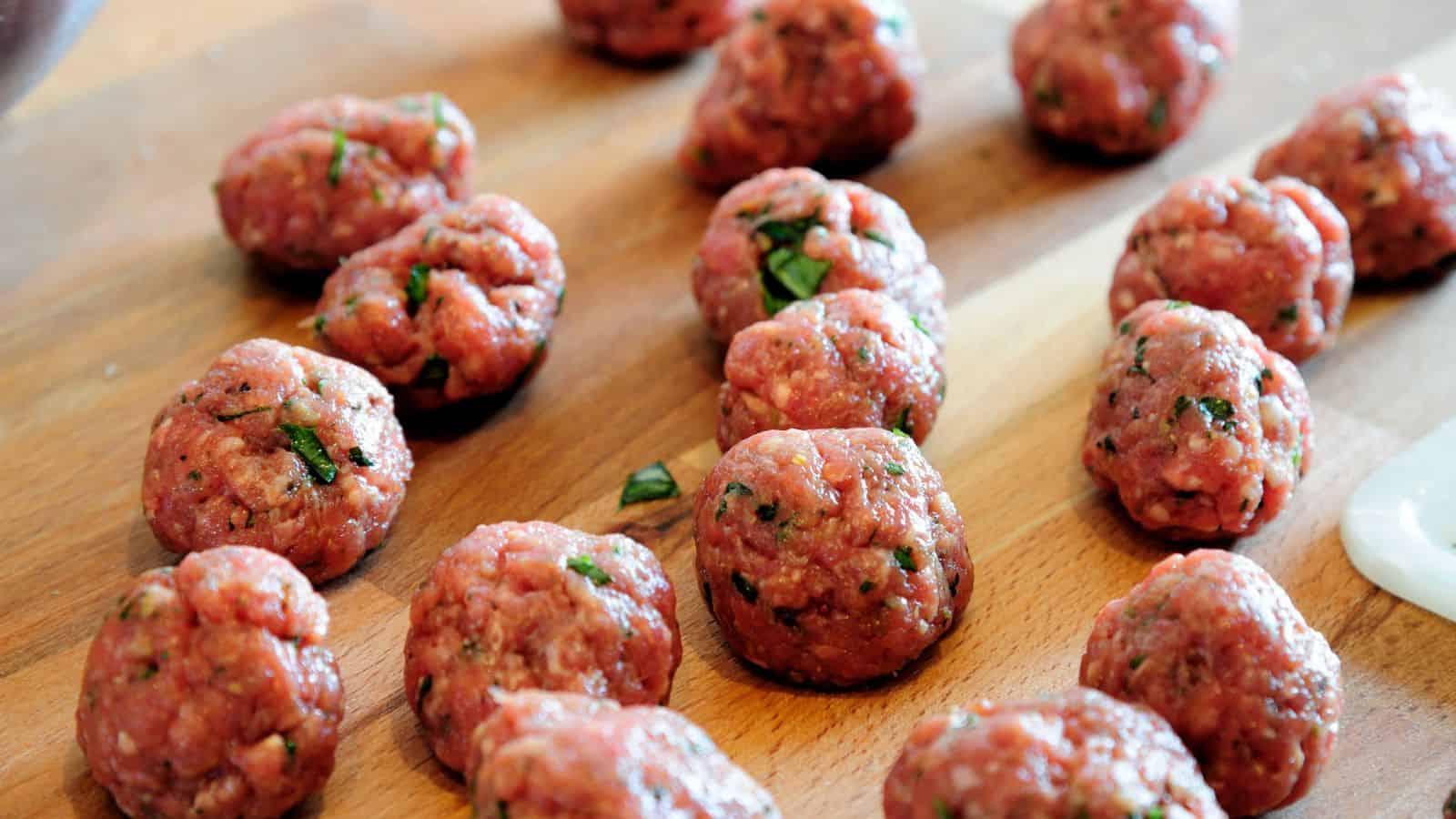
Larger meatballs retain moisture better and have a more tender interior, giving you a juicier and more flavorful bite. Additionally, the longer cooking process associated with bigger meatballs allows the outer layer to form a delicious crust while the inside remains succulent and moist. This size also allows for a more even distribution of flavors and seasonings, making each bite consistently delicious. Additionally, big meatballs make for an impressive presentation, turning a simple dish into a showstopper that looks as good as it tastes.
Season your pasta water generously

The water should taste like the sea. This guarantees your pasta is well-seasoned from the inside out. Salting the pasta water is crucial because it's your only chance to season the pasta itself, as it absorbs the water while cooking. Properly seasoned pasta enhances the total flavor of your dish, making every bite delicious. Use about 1-2 tablespoons of salt per gallon of water. This might seem like a lot, but most of the salt stays in the water, and the pasta will be perfectly seasoned
Use fresh herbs
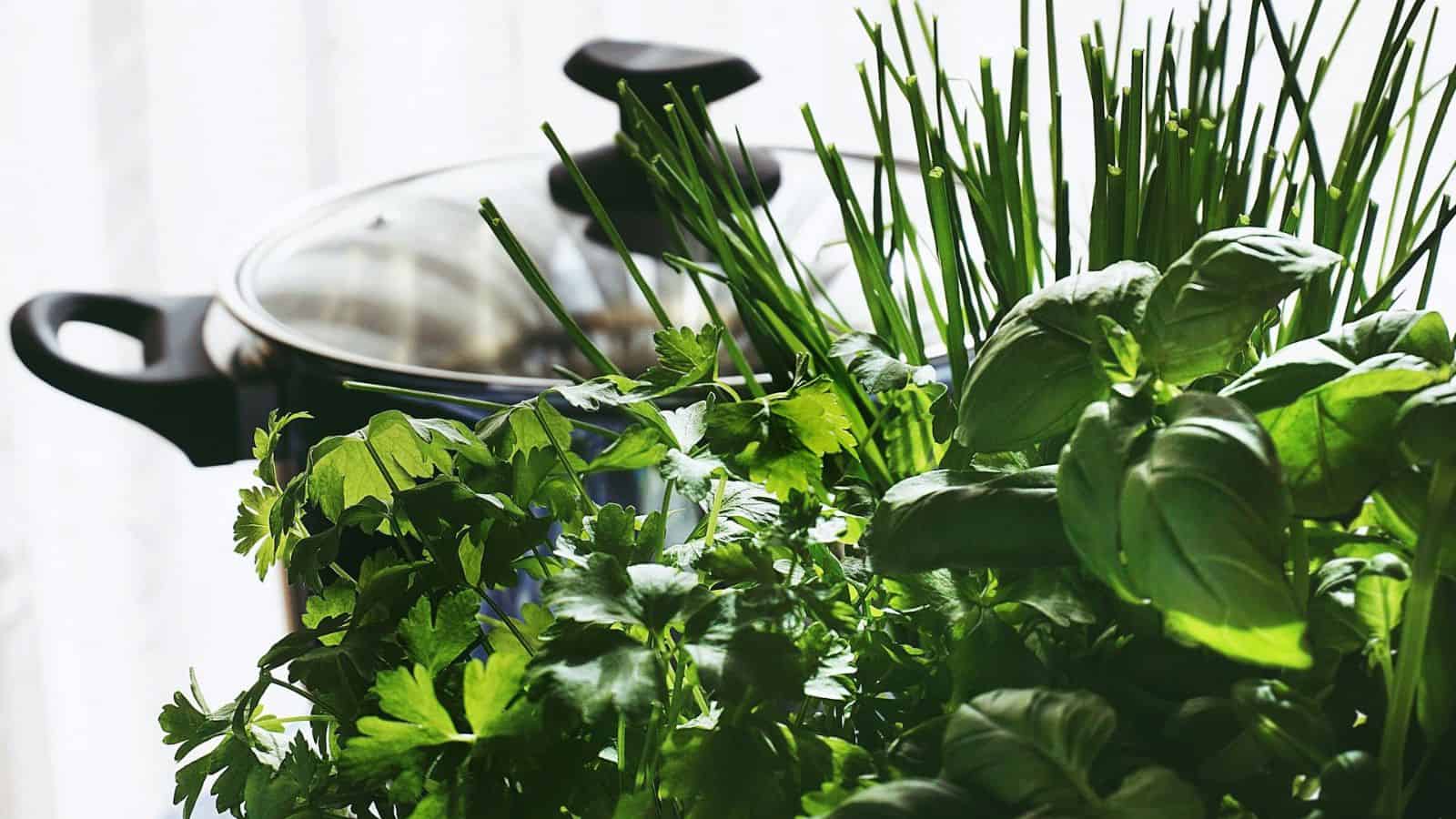
Fresh basil, parsley, and oregano add a bright, fresh flavor to your sauce and meatballs, enhancing the total taste. Fresh herbs impart a vibrant, aromatic quality that dried herbs simply can't match. They bring a burst of color and a fragrant, lively note that enhances the sauce, especially if making a mushroom marinara to go with your meatballs and pasta. Adding fresh herbs at different stages of cooking—some early on and some at the end—creates a layered, complex flavor profile. Always add delicate herbs like basil towards the end to maintain their fresh taste and aroma.
Preparing the sauce

Enhance the depth of flavor in your sauce and give it a rich, sophisticated taste by using this classic technique. Start by gently sautéing fresh garlic in olive oil until it's golden and fragrant, releasing its natural oils and flavors. Then, deglaze the pan with white wine, which adds a subtle acidity and complexity to the sauce. Finally, season with salt and freshly ground black pepper to taste. This simple yet effective method builds a robust base for your sauce, guaranteeing it has a well-rounded and delicious flavor profile.
Let the sauce simmer low and slow
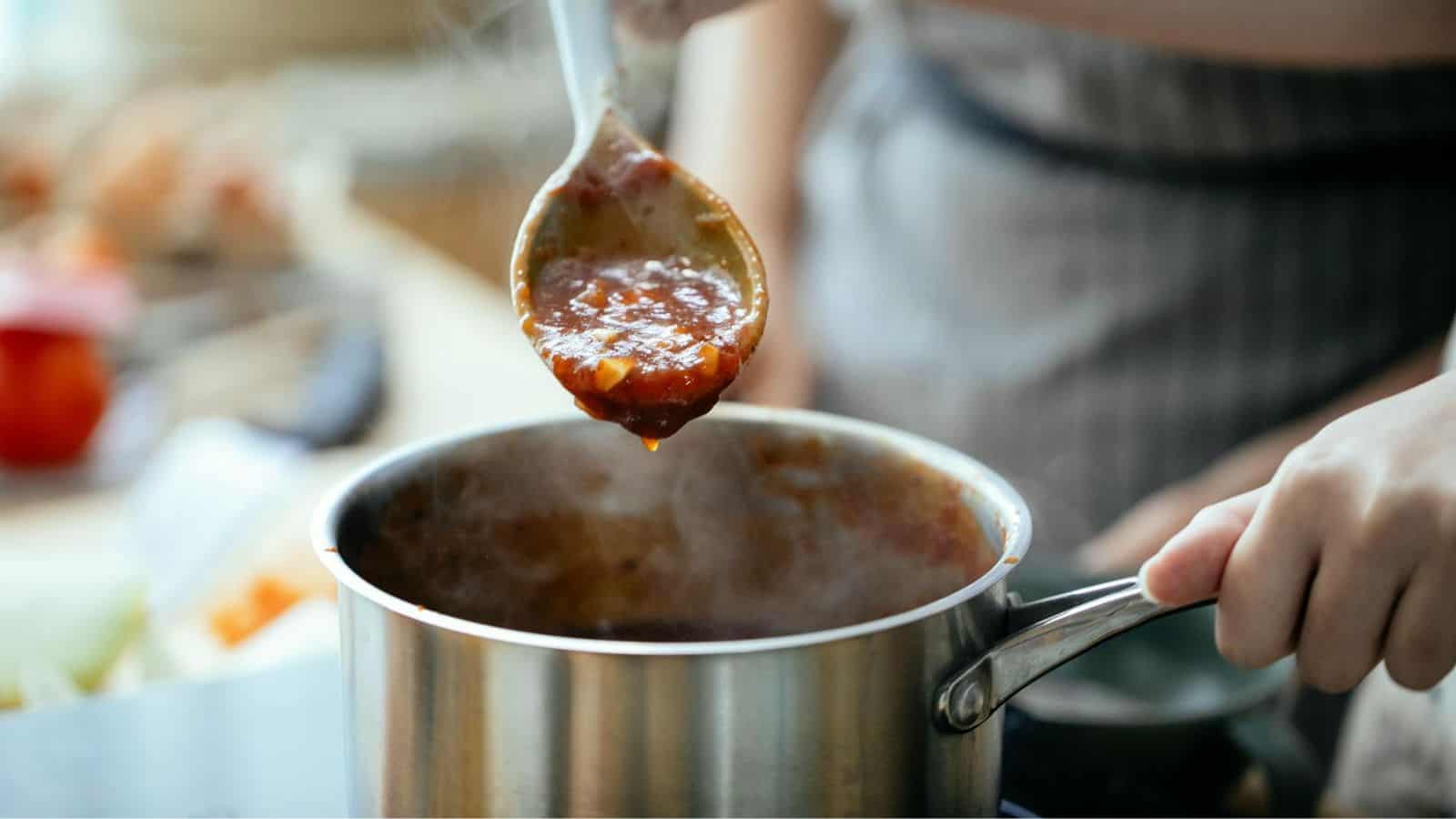
Allowing your tomato sauce to simmer gently over low heat for an extended period is essential for developing deep, complex flavors. This slow cooking process allows the ingredients, such as tomatoes, garlic, onions, and herbs, to break down and meld together, creating a rich and harmonious sauce. High heat can cause the sauce to scorch or become overly acidic, while a slow simmer guarantees a smooth, well-integrated result. Patience is key here; let the sauce cook for at least an hour or more, stirring occasionally to prevent sticking and promote even cooking.
Cook the meatballs in the sauce

After browning your meatballs, finish cooking them in the sauce. This infuses them with the sauce's flavors and keeps them moist. Browning the meatballs first develops a flavorful crust, which adds depth and complexity. Once added to the sauce, the meatballs absorb the rich flavors of the tomatoes, garlic, and herbs, creating a harmonious dish where the meat and sauce complement each other perfectly. Cooking the meatballs in the sauce also helps to tenderize them further, guaranteeing they are juicy and flavorful throughout.
Finish with freshly grated cheese
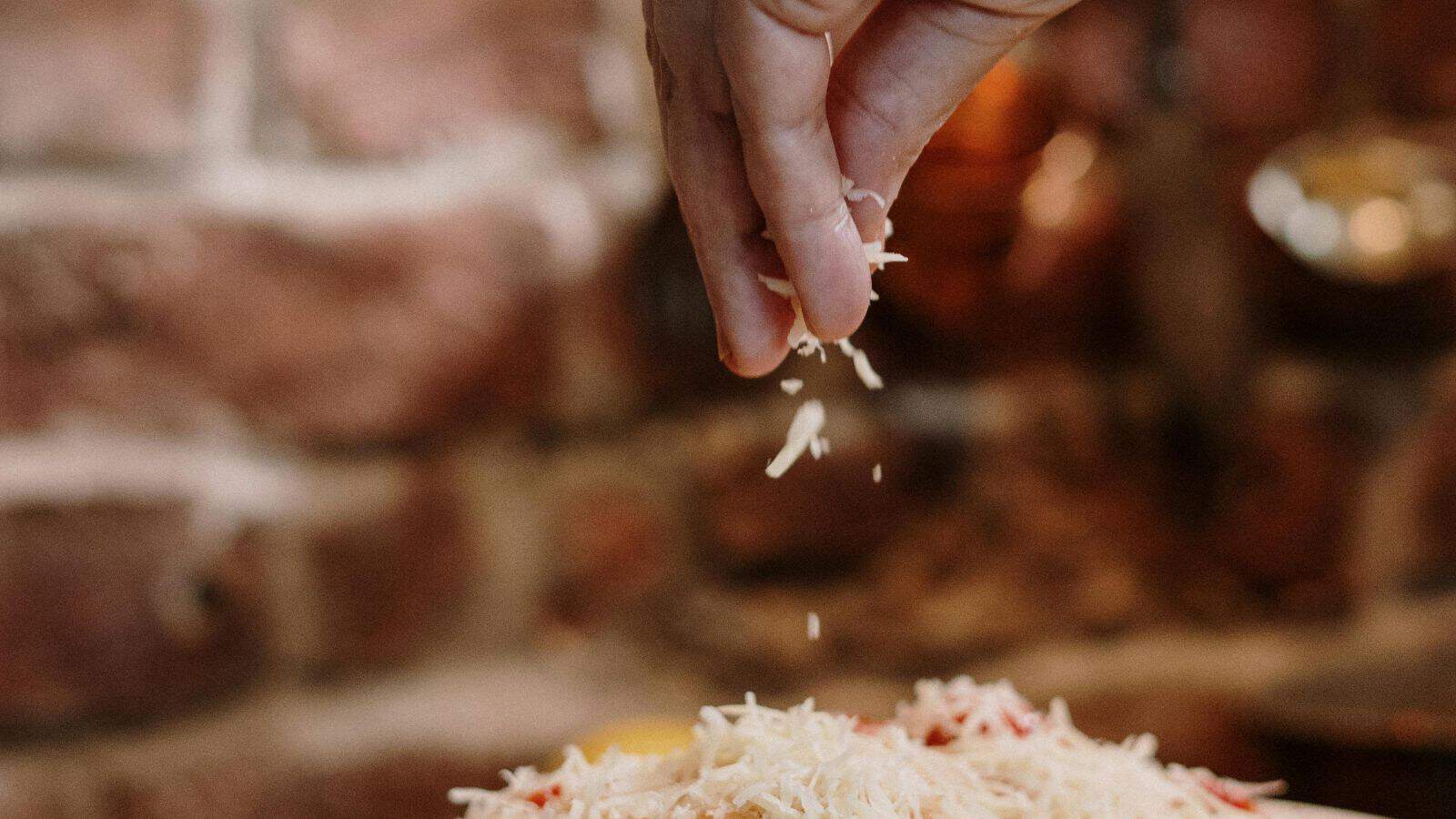
Top your dish with freshly grated parmesan or pecorino romano for an added layer of flavor and a touch of elegance. Freshly grated cheese has a more intense flavor and better texture compared to pre-grated varieties. It melts beautifully into the hot pasta and sauce, adding a creamy and savory finish. Grating the cheese yourself also guarantees it’s free from additives that can prevent it from melting properly. This final touch not only enhances the taste but also gives your dish a professional, polished appearance, making it even more appetizing.
Simplicity is the core of Italian cooking
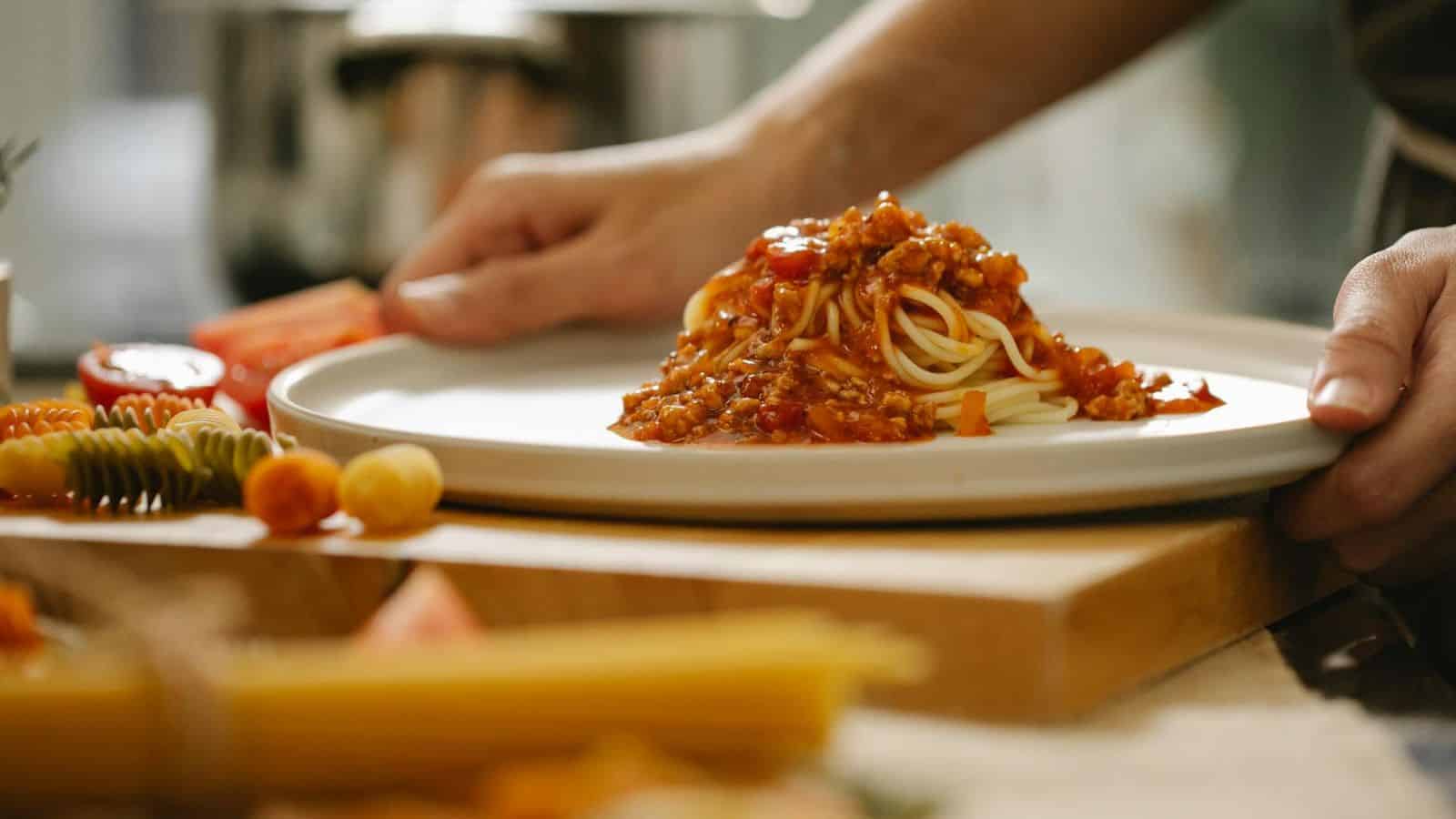
Italian cuisine is celebrated for its simplicity, relying on a few high-quality ingredients to create extraordinary dishes. By focusing on fresh, seasonal produce and authentic, well-sourced ingredients, you allow the natural flavors to shine. This approach emphasizes balance and harmony in your dishes, making sure that no single ingredient overpowers the others. Keeping your recipes simple not only enhances the flavors but also makes the cooking process more fun and less stressful. Remember, less is often more in Italian cooking, where the quality of each component speaks for itself.
Pasta that's bellissimo!

And there you have it, folks! With these tips under your belt, you're all set to impress your family and friends with pasta and meatballs that are nothing short of amazing. You’ve got the know-how to turn a simple meal into something truly special.
Embrace simplicity but don't be afraid to put your own spin on the classics. Italian cooking is all about using fresh, high-quality ingredients and letting their natural flavors shine. Trust your instincts, and most importantly, enjoy the process.
So next time you're in the kitchen, channel your inner chef and let your creativity shine. Cooking is as much about having fun as it is about the final dish. Roll up those sleeves, get cooking, and enjoy every moment. Buon appetito!






Tell Me What You Think!